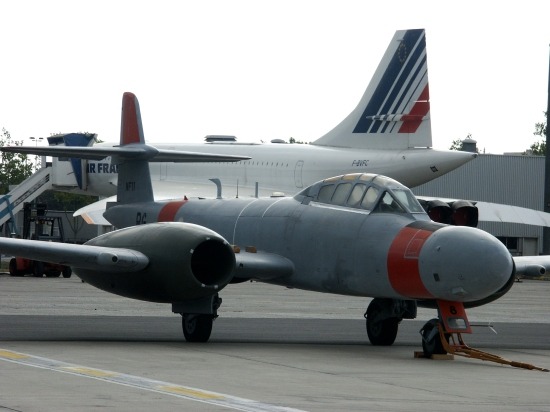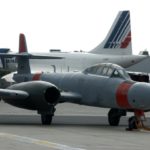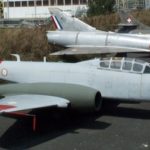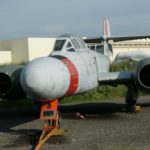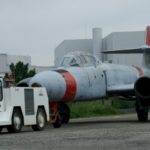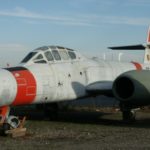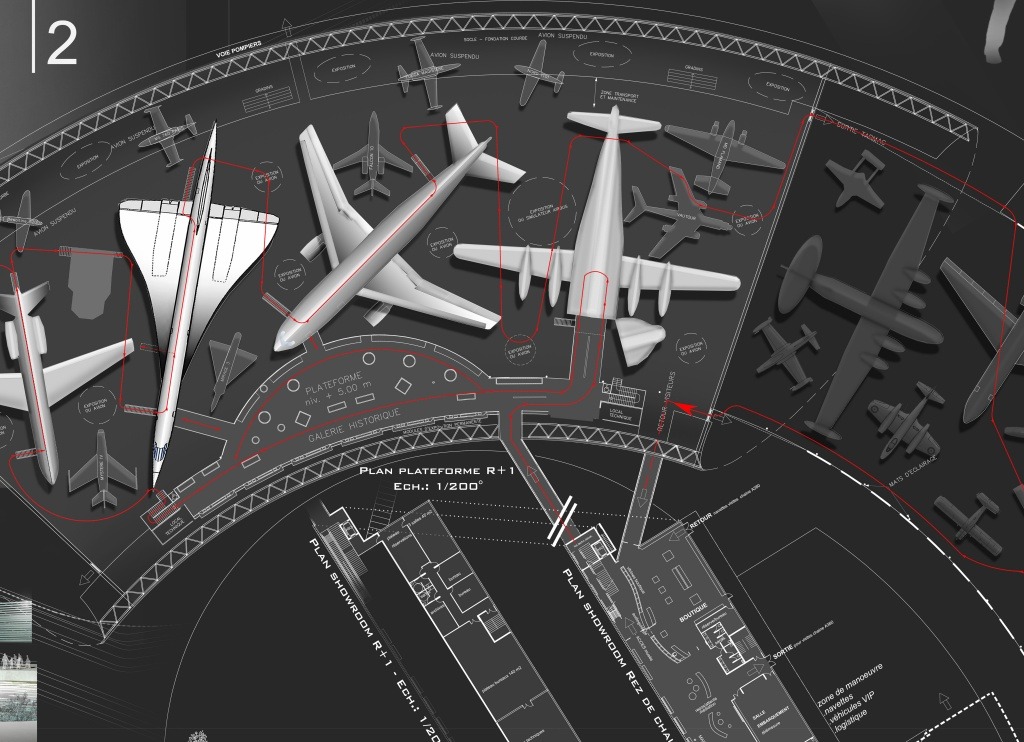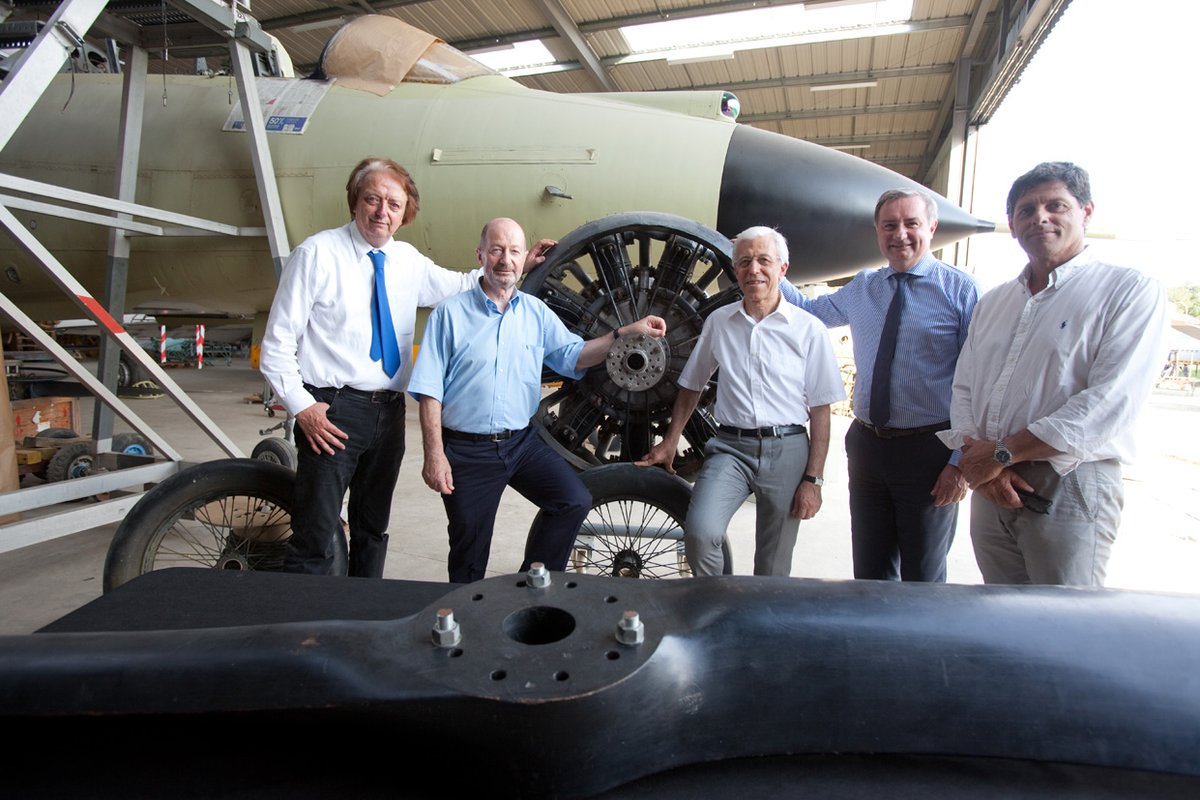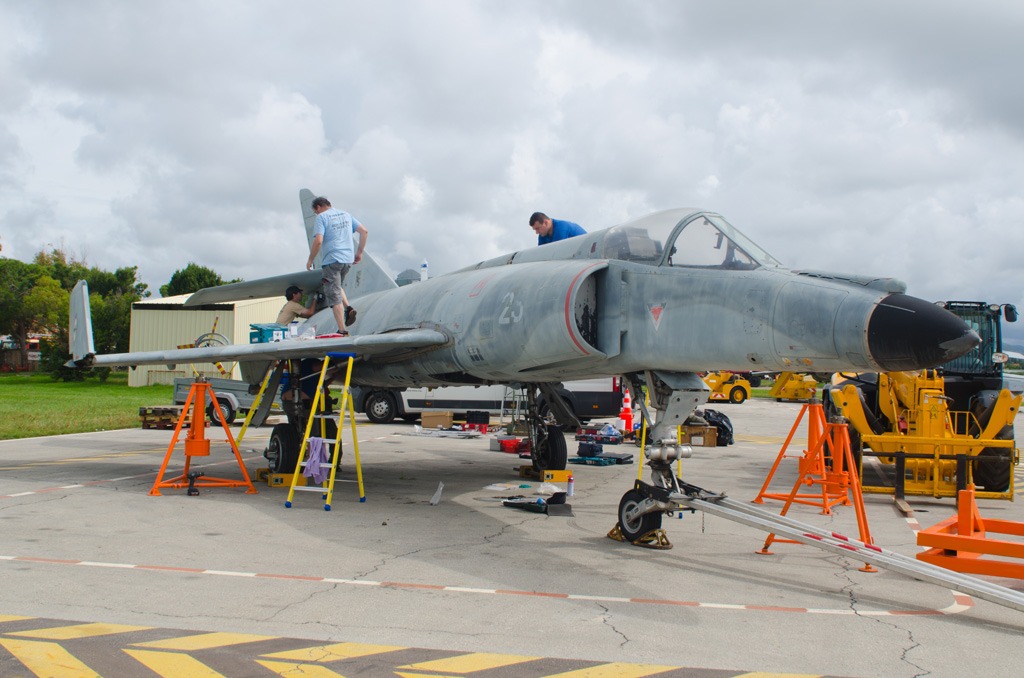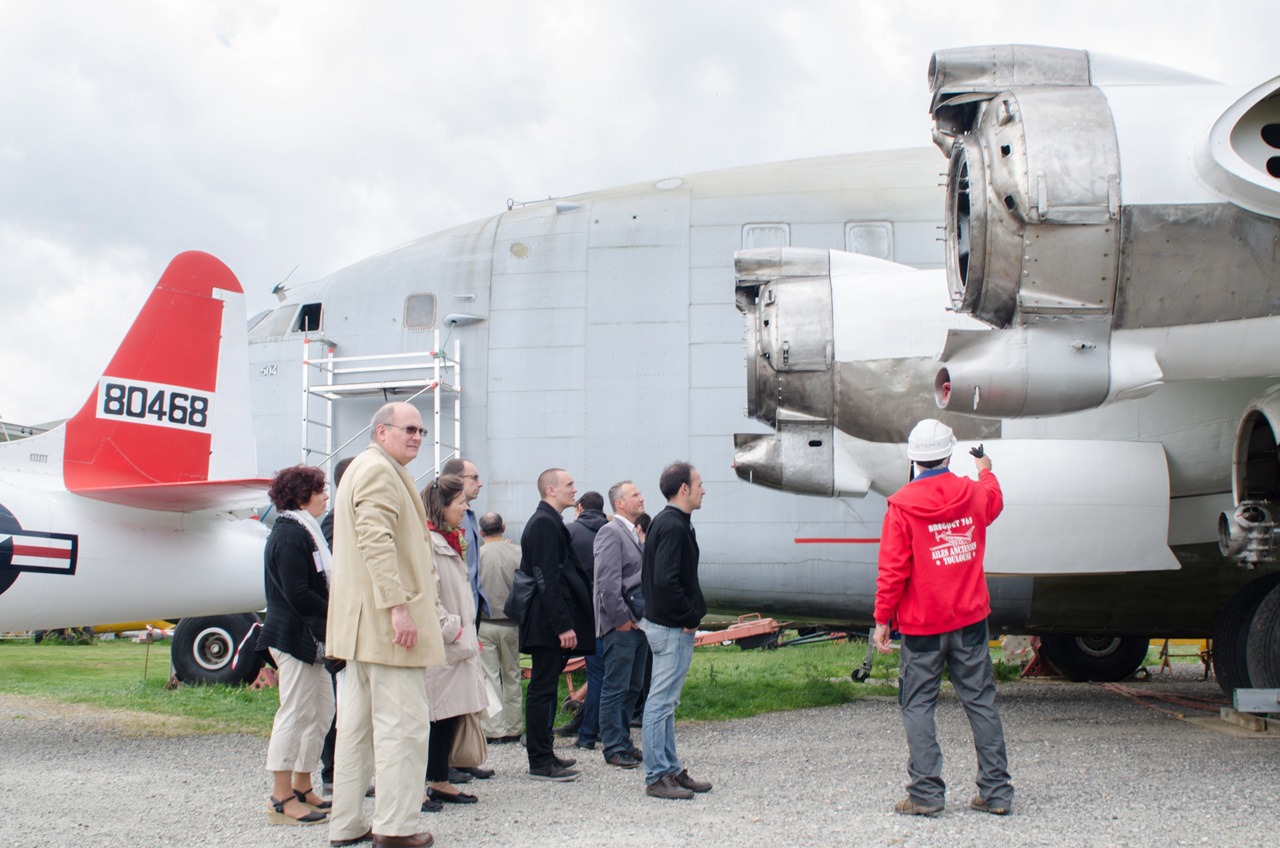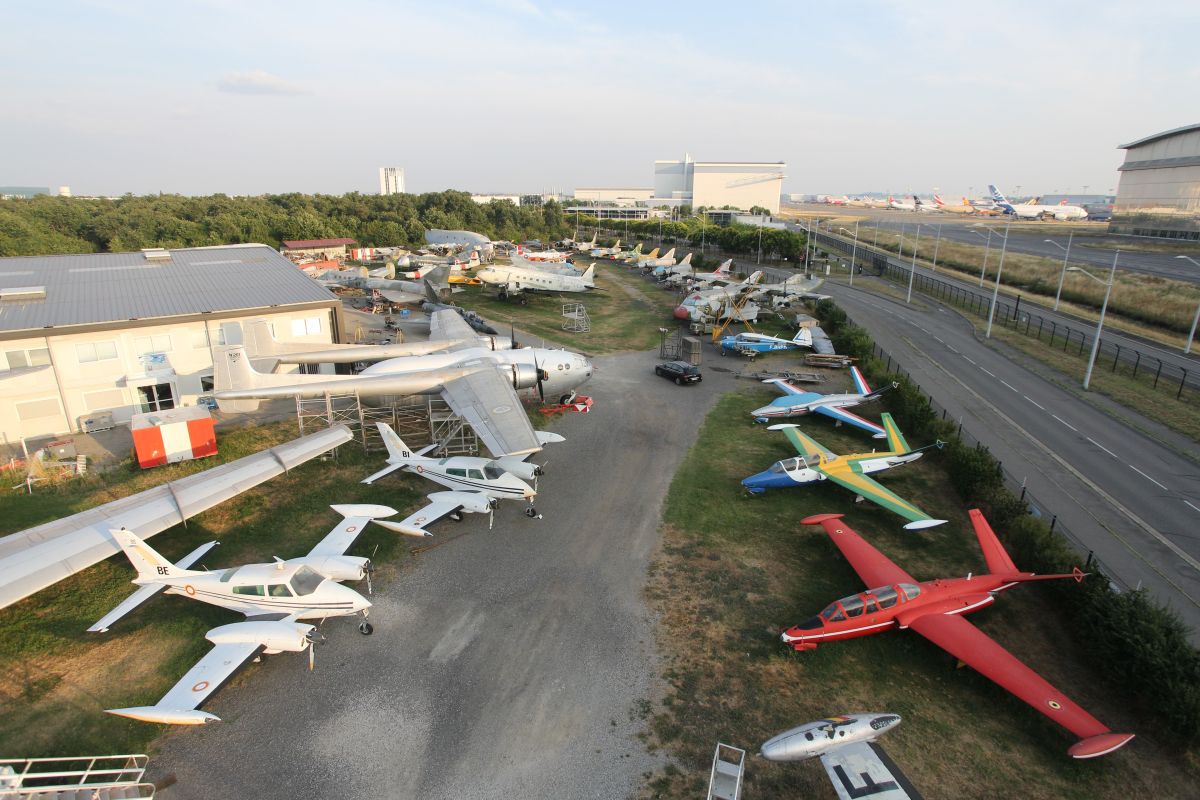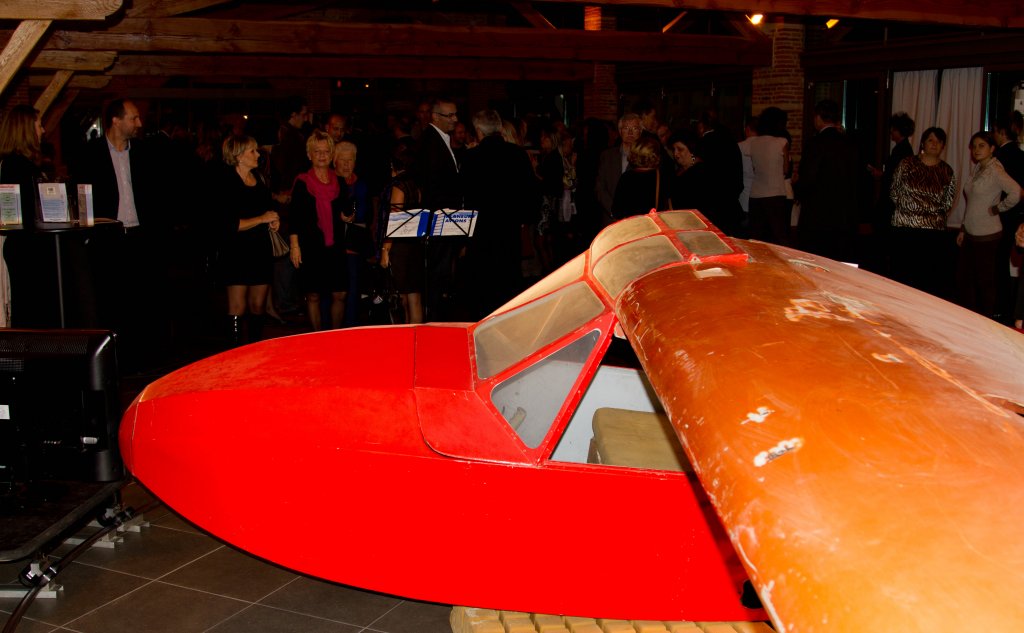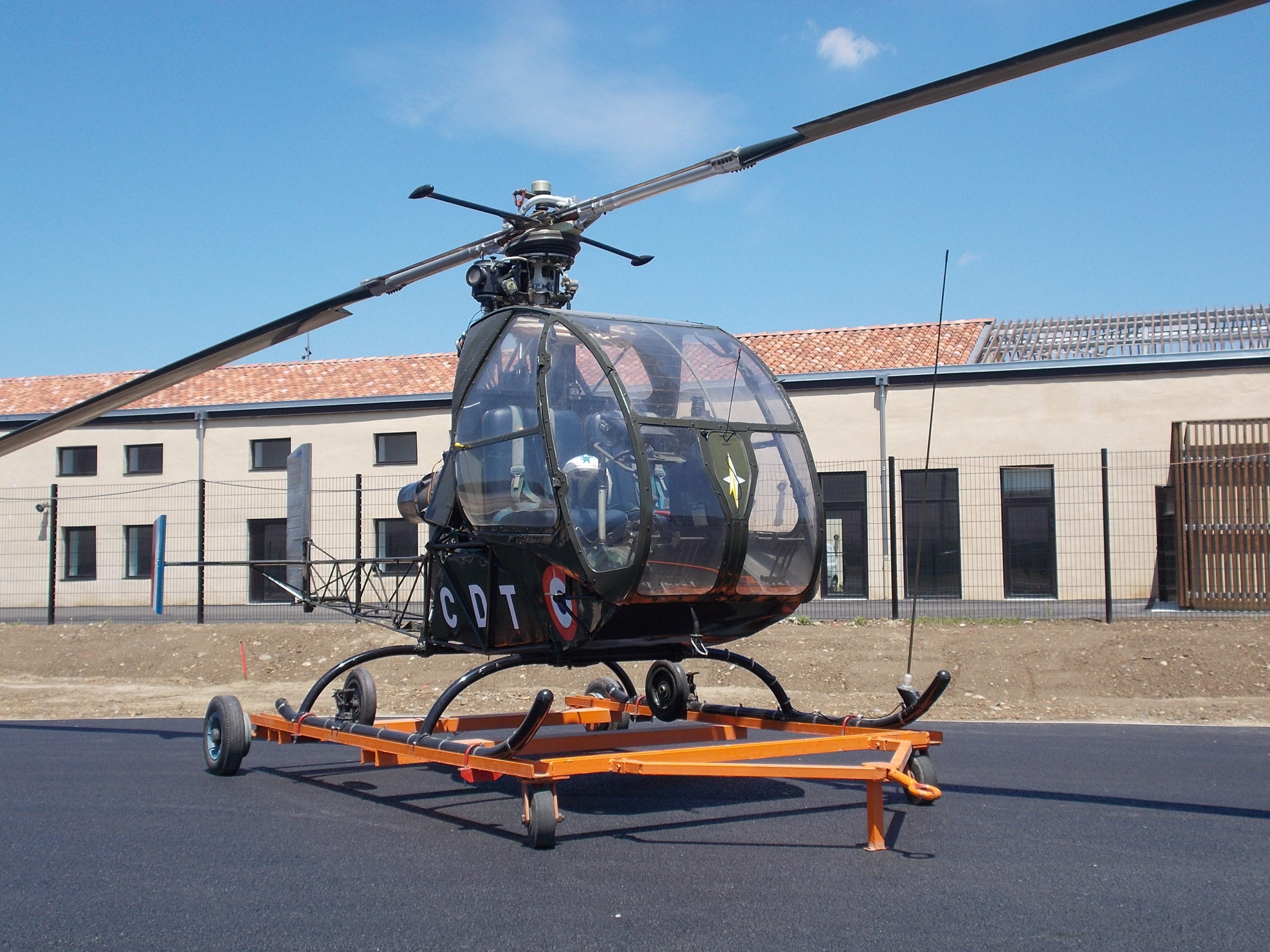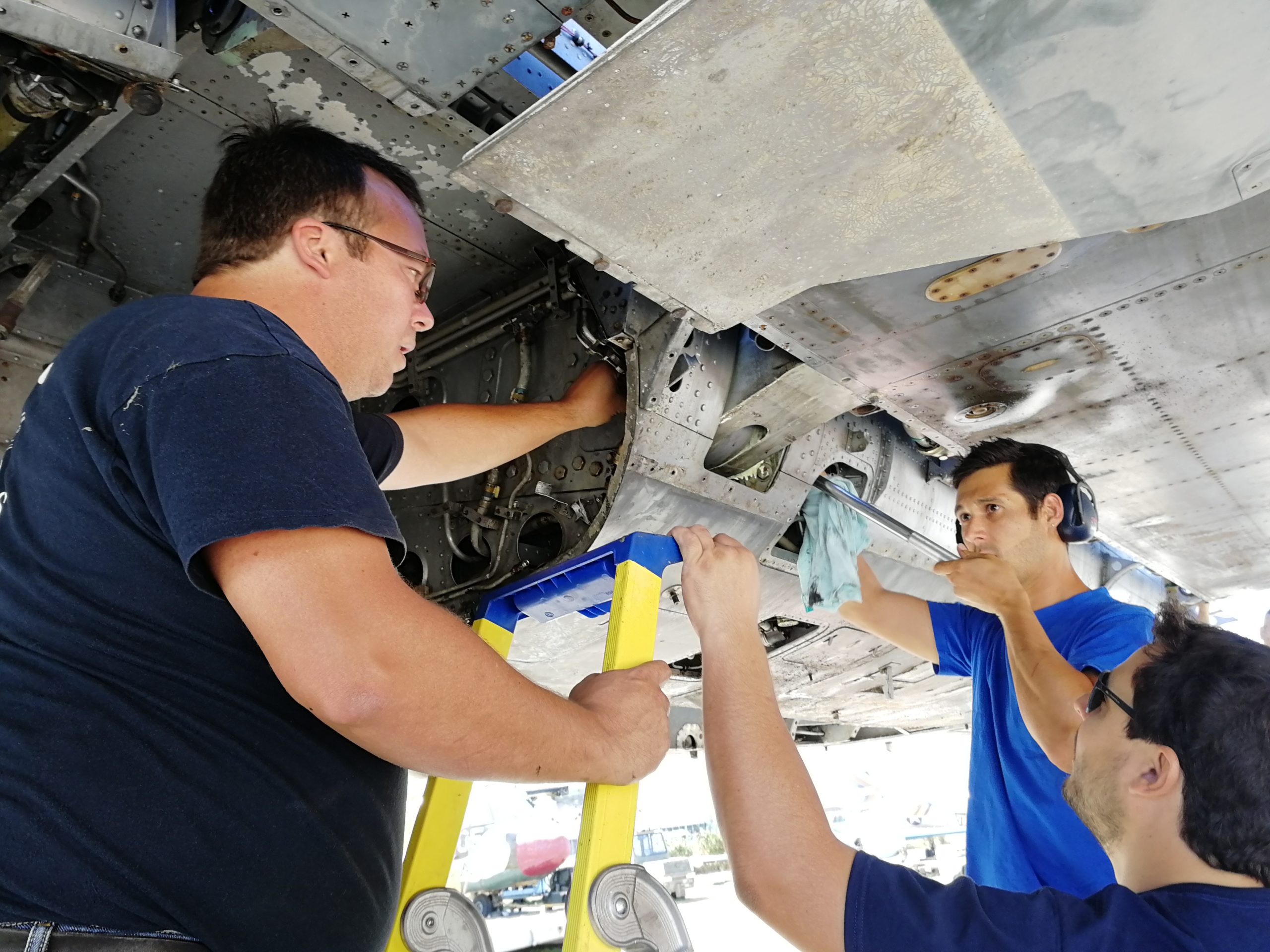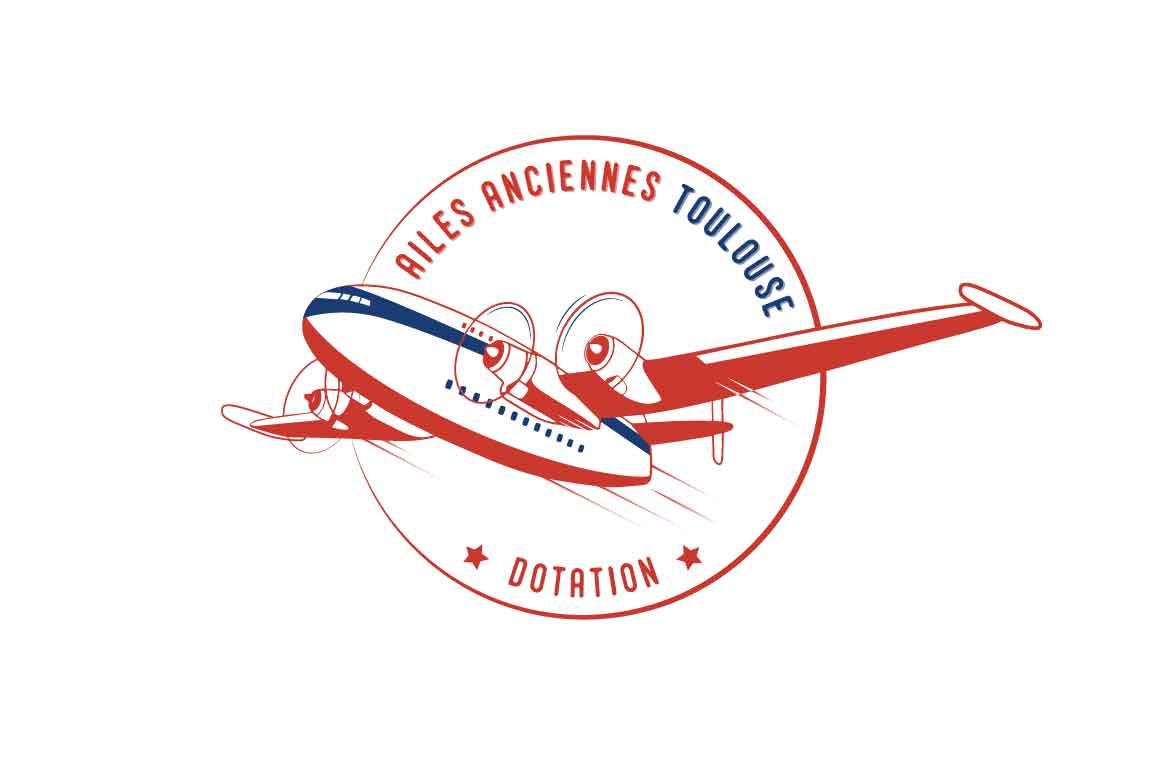Histoire
Si les premières versions du Meteor furent étudiées et volèrent pendant la 2e Guerre mondiale (5 mars 1943), la version de chasse tous-temps NF 11 fut étudiée en 1948 pour succéder au « Mosquito ». Elle fut réalisée rapidement en empruntant des éléments des différentes versions: ailes externes du F 3, empennages du F 8, fuselage du biplace d’entraînement T 7 nanti d’un nouveau nez. Le prototype NF 11 fit son premier vol le 31 mai 1950 et fut suivi de 324 avions de série. Un total de 3875 Meteor fut construit en 14 versions différentes.
En 1951 la France acheta 41 Meteor NF 11 et 14 T 7. Les T 7 furent principalement affectés au CEV pour la formation des pilotes aux particularités du réacteur et des essais d’équipements. Les NF 11 étant surtout versés à la 30e escadre de chasse tout temps où ils servirent jusqu’en 1957, date de leur remplacement par le Vautour. Certains avions passeront au CEV à ce moment là.
Les Meteor du CEV seront rejoints par la suite par 10 appareils venus d’Angleterre, 4 devant voler et 6 destinés à être cannibalisés.
Au CEV, les Meteor serviront à tester des équipements de reconnaissance, des statoréacteurs, des têtes de guidage de missiles, des instruments de bord, des systèmes d’oxygène…En bref, tout ce qu’on peut trouver dans ou autour d’un avion, et qu’on doit aller essayer la-haut pour éviter les mauvaises surprises.
Le Meteor numéro 6 escorta Concorde 001 pour son premier vol.
Les derniers Meteor furent retirés du service en 1987. Avion de transition, il fut coincé entre les derniers avions à pistons issus de la guerre et les avions transsoniques. Sa carrière en première ligne fut donc courte car il lui fut rapidement impossible de poursuivre ses objectifs, plus rapides que lui. L’appareil était robuste, mais toutefois deux inconvénients sont à signaler d’une part l’absence de sièges éjectables (mis au point plus tard), et d’autre part les risques de perte de contrôle après une panne de moteur au décollage ou à l’atterrissage. Ce dernier point était dû à la disposition des nacelles réacteur assez loin du fuselage.
Caractéristiques
| Envergure | 13,1 m |
| Longueur | 14,8 m |
| Hauteur | 4 m |
| Masse a vide | 6,2 t |
| Masse maxi | 9 t |
| Charge | 1,3 t |
| Vitesse | Mach 0,8 |
| Autonomie | 1.500 km |
| Equipage | 2 |
| Motorisation | 2 Rolls-Royce Derwent 8 de 1700 kg |
| No Série | 8 |
Notre appareil
Notre Meteor est arrivé en vol en 1984 en provenance du Centre d’Essais en Vol de Brétigny.
La Restauration
Notre Meteor a été entièrement restauré dans les années 90.
Quelques Photos

